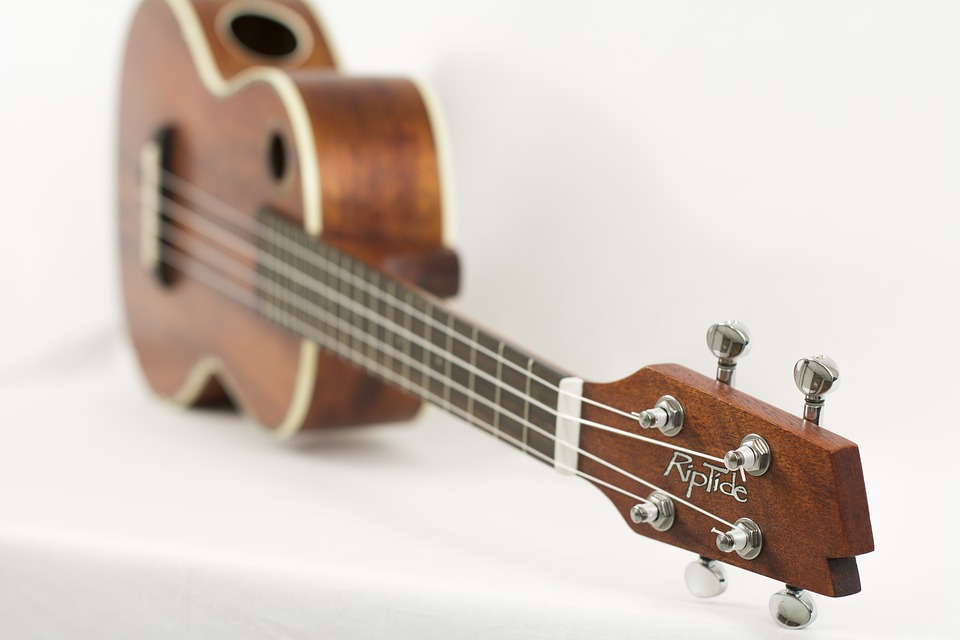The flute is one of the oldest musical instruments. They come in transverse and longitudinal forms. Longitudinal ones are held straight ahead, blowing air into the hole at the top end of the flute. Transverse ones are held horizontally, blowing air into the side hole of the flute.
The earliest mentions of the longitudinal flute exist in Greek mythology and Egyptian history (third millennium BC).

In China, the first mentions of the transverse flute with five to six finger holes date back to the first millennium B.C., as do Japan and India. Revolutionary changes in flute design happened in the very middle of the nineteenth century with the help of Theobald Bemu.
Although modern flutes are woodwind instruments, they are usually made of metal alloys using gold, silver and even platinum. This gives them a brighter sound and easier sound extraction, unlike the wooden flutes that preceded the metal flutes of past centuries.
The flute is one of the most virtuoso instruments of the symphony orchestra. Its passages are full of arpeggios and passages.





